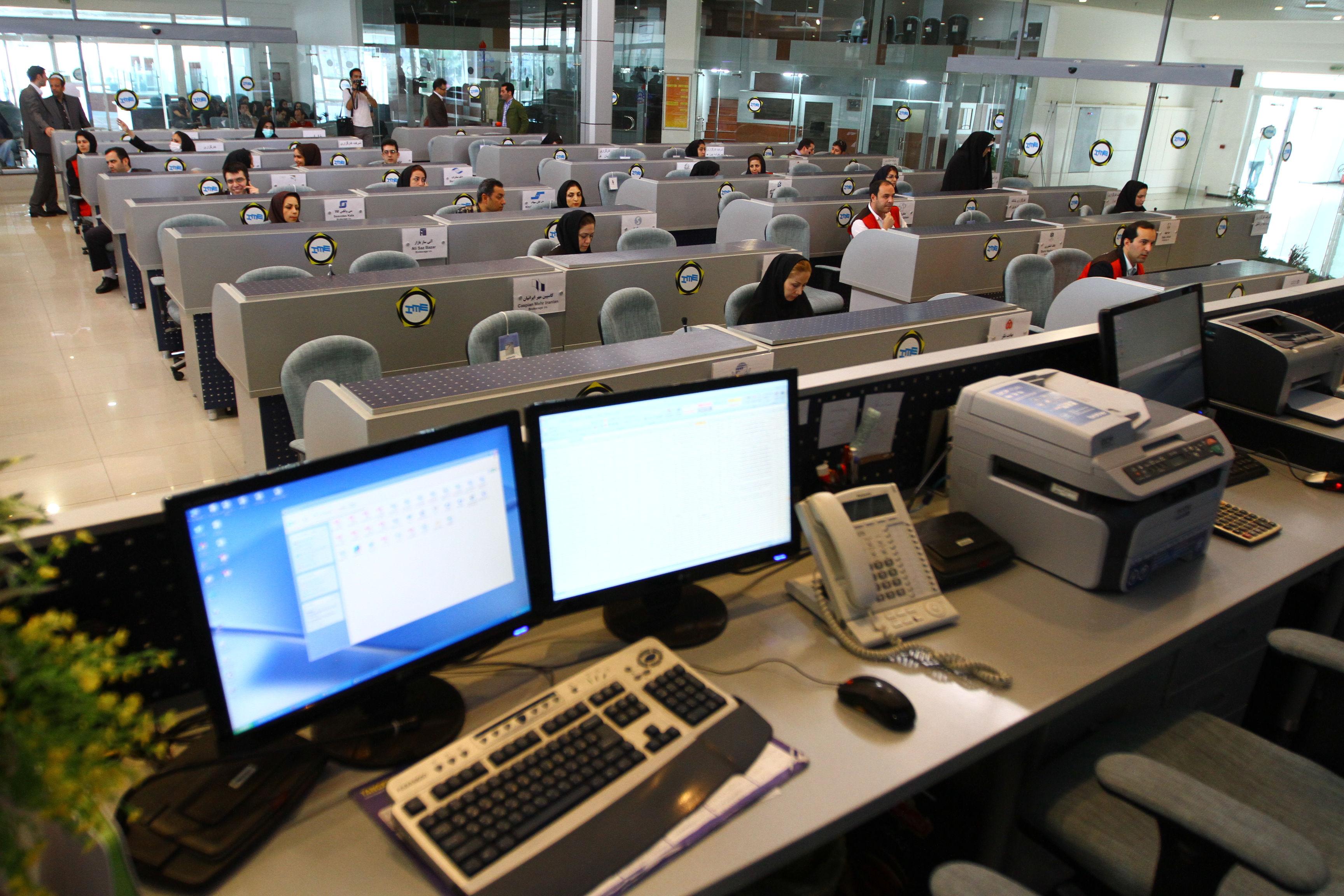In a bid to minimize the export of unprocessed iron ore, all producers of the industrial material are mandated to prioritize meeting the domestic demand by offering their products in Iran Mercantile Exchange, the head of Iron Ore Producers and Exporters Association of Iran said.
Alireza Siasi-Rad added that exports can only take place if the offerings exceed IME demand for more than three consecutive trading sessions.
According to the Iropex official, the move is intended to realize the association’s three goals of minimizing sales of raw materials, meeting domestic demand and achieving a successful presence in international markets, Bourse Press reported.
The export of unprocessed minerals has for long been the subject of debates among government authorities and miners. Government officials consider the export of any form of iron ore–the main mineral under scrutiny–as an instance of “raw” sales, arguing that it deprives the economy of potential value added.
They hold that preventing the export of unprocessed minerals helps complete steel production chain, which is necessary to meet the objective of producing at least 55 million tons of steel by 2025, as per the 20-Year Vision Plan. The ambitious goal requires the mining sector to produce at least 80 million tons of iron ore concentrate and pellets per year.
Miners, however, contend that each stage of processing extracted iron ore creates a certain degree of value added. They believe it is not economical, especially for smaller mines, to continue processing minerals considering the inadequate infrastructure inside the country.
“The government had previously called for a total ban on the export of iron ore, gold and copper in their raw form,” Mehdi Karbasian, the head of Iranian Mines and Mining Industries Development and Renovation Organization–the country’s largest state-owned mining holding, said in July.
Karbasian, who is also a deputy minister of industries, mining and trade, maintains that the country’s iron ore output must be exclusively used for feeding domestic furnaces.
The new arrangement appears to be a compromise between miners and the government for both sides to benefit following a years-long dispute during a global decline in iron ore prices.
Prices fell to below $60 a ton in 2015 from a record near $200 in 2011 amid a glut that forced many low-grade producers, including those in Iran, to shut. The sector was severely hit, as the number of iron ore mines in Iran dropped to 20 from 200 in 2013, most of which were private producers.
In 2015, Iran exported 14.8 million tons of iron ore, down 35% compared to 21.8 million tons in 2014. The country was the world’s 11th leading exporter of the steelmaking material.
Most of Iran’s iron ore exports were to China. In 2015, exports to China decreased by 40% from 2014 to 13.2 million tons owing primarily to prevailing low global iron ore prices.


